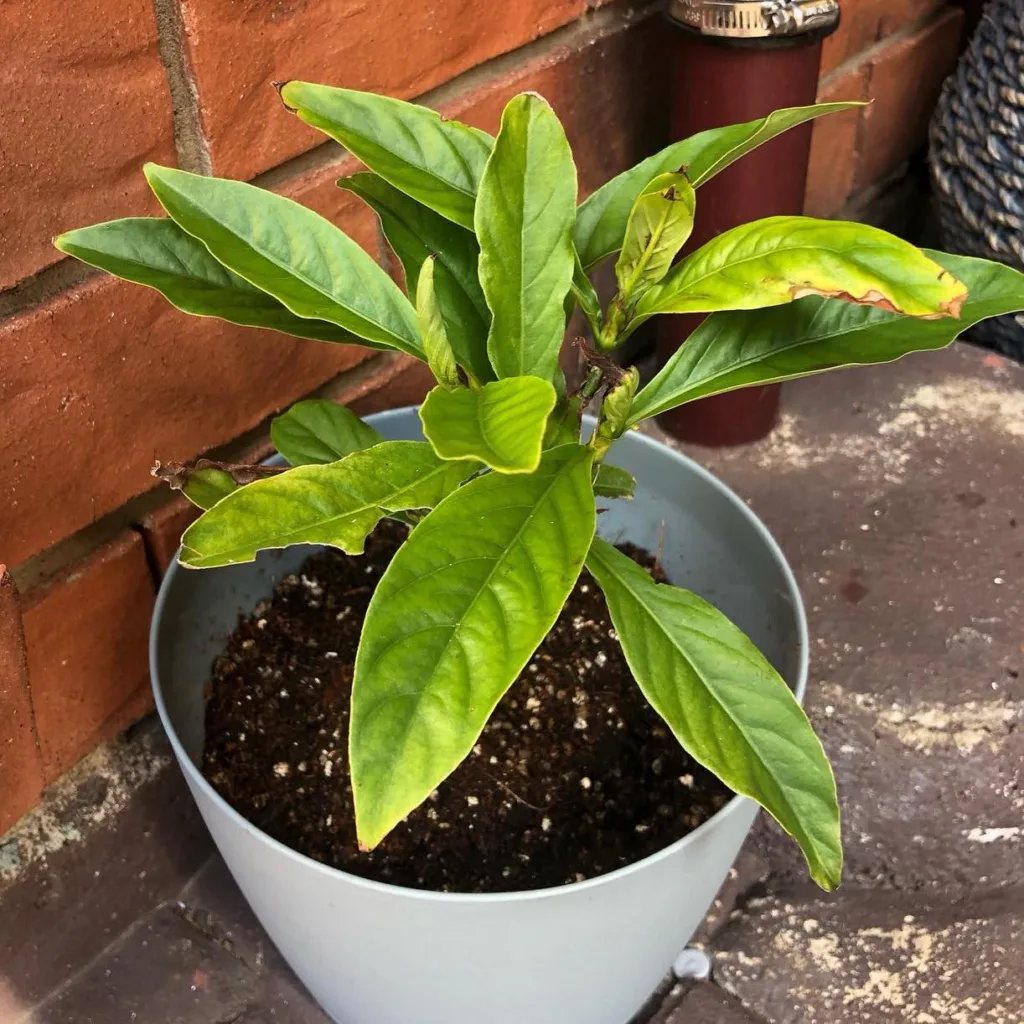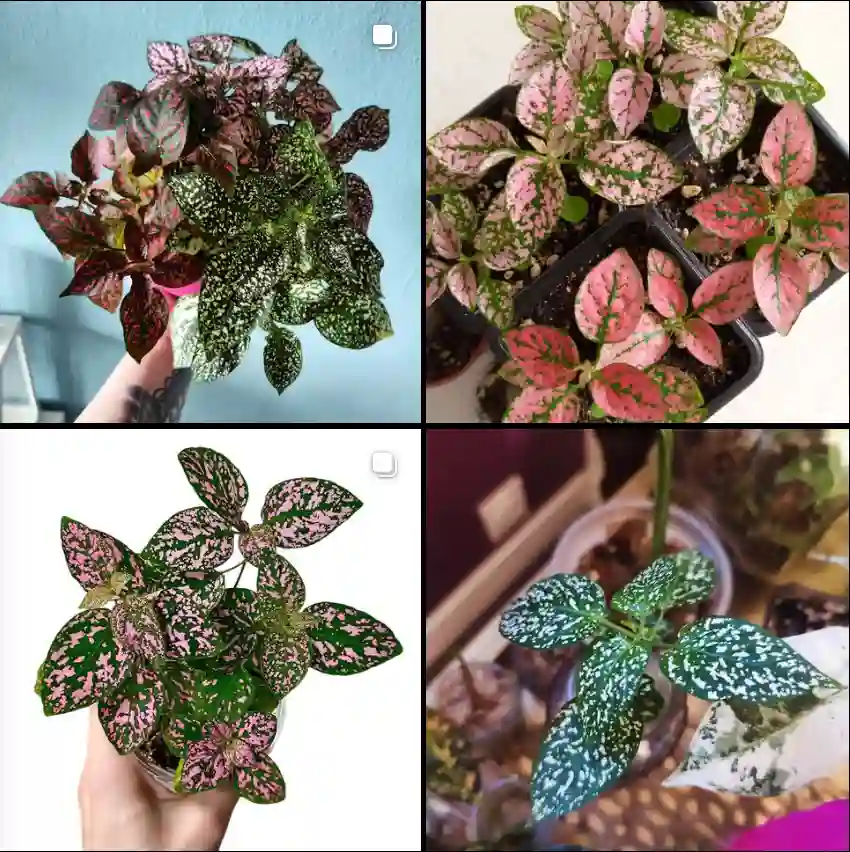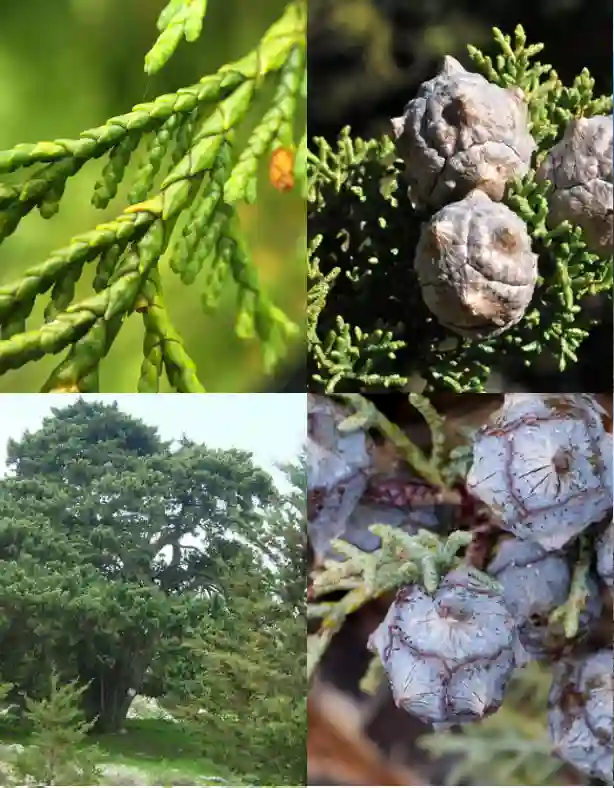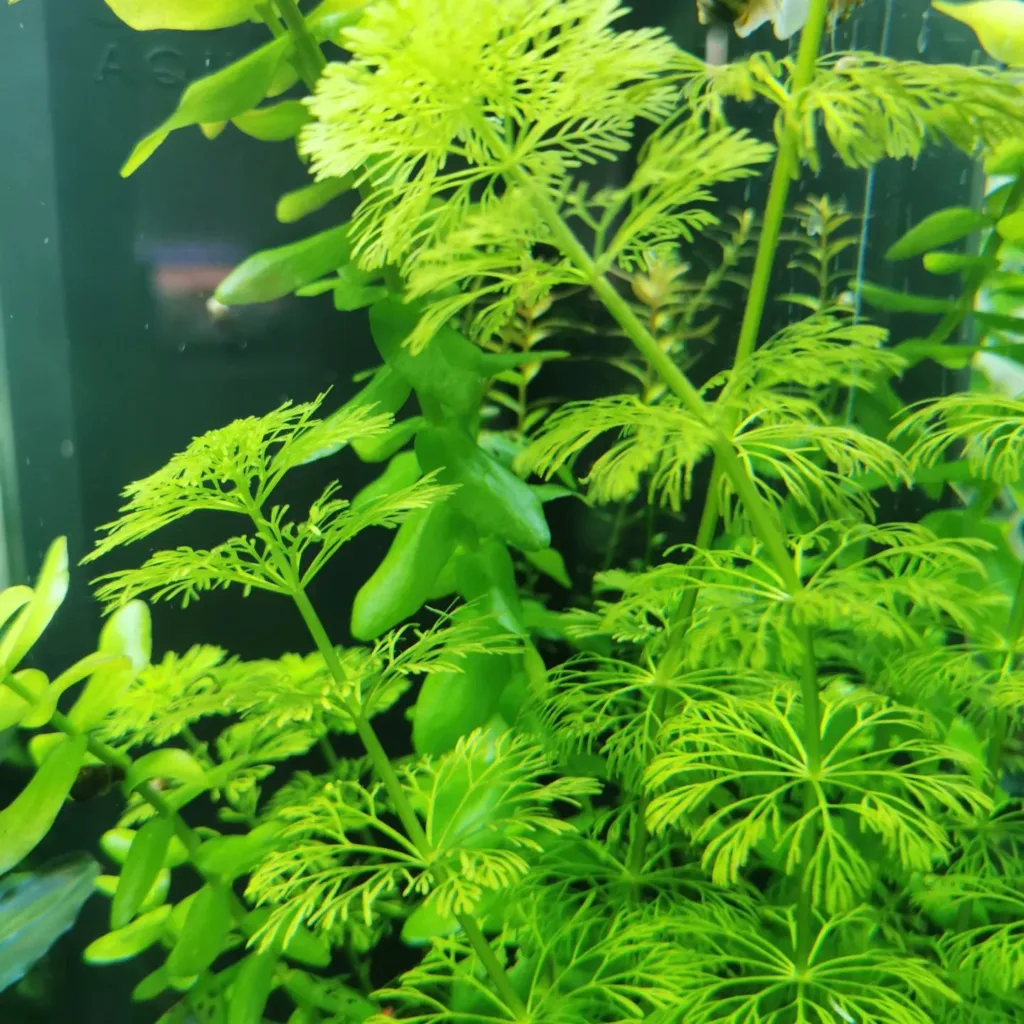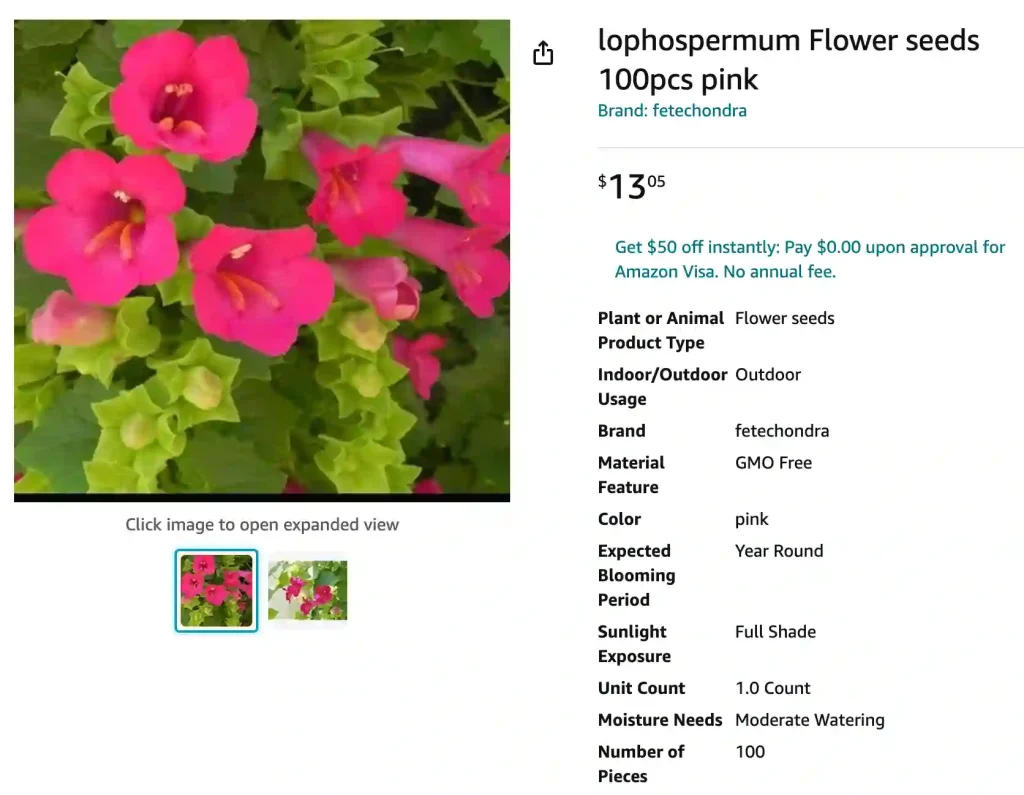
FAQs About Lophospermum
As a plant enthusiast, I’ve often found myself drawn to the charming and vibrant Lophospermum. This trailing plant, also known as the Trumpet Creeper or the Creeping Foxglove, is a favorite in gardens due to its impressive blooms and hardy nature. However, like any plant, it comes with its set of questions and considerations. Here’s a comprehensive FAQ guide based on my experiences and research.
7 Species in Genus Lophospermum
Is Lophospermum Poisonous to Dogs?
One of the most common questions I get is whether Lophospermum is poisonous to dogs. Fortunately, Lophospermum is not considered toxic to dogs. While it’s always wise to prevent pets from nibbling on plants, Lophospermum doesn’t pose a serious threat to canine health. However, if your dog shows unusual symptoms after ingesting any plant, it’s best to consult a veterinarian.
Do Hummingbirds Like Lophospermum?
Absolutely, hummingbirds are attracted to Lophospermum! The plant’s vibrant, trumpet-shaped flowers are perfect for these tiny birds. I’ve noticed hummingbirds visiting my Lophospermum regularly during the blooming season. If you’re looking to attract more hummingbirds to your garden, Lophospermum is an excellent choice due to its bright colors and tubular flowers.
Does Lophospermum Plant Have Heat Tolerance?
Lophospermum is quite heat tolerant, making it suitable for warmer climates. It thrives in full sun and can handle high temperatures, which is perfect for summer gardens. I’ve grown Lophospermum in zones where temperatures can soar, and it’s managed to perform beautifully. That said, providing some afternoon shade can help in extremely hot conditions.
How to Care for Lophospermum?
Caring for Lophospermum is relatively straightforward. Here’s what I’ve found works best:
- Light: Lophospermum prefers full sun but can tolerate partial shade. For the best blooms, aim for at least 6 hours of direct sunlight each day.
- Watering: Keep the soil consistently moist but not waterlogged. I usually water my Lophospermum once a week, allowing the top inch of soil to dry out between waterings.
- Soil: It thrives in well-draining soil. I use a standard potting mix with added perlite for better drainage.
- Fertilizing: Feed your Lophospermum with a balanced liquid fertilizer every 4-6 weeks during the growing season to encourage lush growth and abundant blooms.
How to Overwinter Lophospermum?
Overwintering Lophospermum can be a bit tricky, especially in colder climates. Here’s how I manage it:
- Outdoor Plants: If you live in a region where winters are mild, you can often leave Lophospermum outside. Apply a layer of mulch to protect the roots from frost.
- Indoor Plants: For those in colder areas, bring your Lophospermum indoors before the first frost. Place it in a bright, sunny spot and reduce watering to once every 2-3 weeks.
How to Propagate Lophospermum?
Propagating Lophospermum is quite rewarding. I’ve had success with both seed and cutting methods:
- Seeds: Start seeds indoors about 6-8 weeks before the last frost. Sow them in a seed-starting mix and keep them warm. Transplant seedlings outdoors after the danger of frost has passed.
- Cuttings: Take 4-6 inch cuttings from healthy plants in late summer. Dip the cut end in rooting hormone and plant in a pot with a mix of perlite and peat. Keep the cuttings in a warm, humid environment until they develop roots.
How to Repot Lophospermum?
Repotting Lophospermum is essential for maintaining its health, especially if it’s grown in a container. Here’s my approach:
- Timing: Repot in early spring before new growth starts. This gives the plant time to adjust before its active growing season.
- Process: Choose a pot that is 1-2 inches larger in diameter than the current one. Remove the plant from its pot, gently loosen the roots, and place it in the new pot with fresh potting mix. Water thoroughly after repotting.
What to Plant with Lophospermum?
Lophospermum pairs well with various plants. I like to combine it with trailing vines like Petunia or Bidens for a vibrant, cascading effect. For vertical interest, planting it near trellises or arbors works wonderfully. You can also use it as a ground cover in mixed beds for a splash of color.
Can You Grow Lophospermum Indoors?
Growing Lophospermum indoors is possible, but it requires a bright, sunny location. It can make a lovely hanging basket or a trailing plant in a large pot. Ensure it gets plenty of light and maintain indoor humidity to keep it healthy.
Common Problems and Solutions
Lophospermum is generally trouble-free, but here are a few issues you might encounter:
- Pest Infestations: Watch for aphids and spider mites. I find that a neem oil spray or insecticidal soap works well for these pests.
- Leaf Drop: This can occur if the plant is overwatered or if there’s inadequate light. Adjust your watering schedule and move the plant to a brighter spot if needed.
Compare with Other Similar Plants
Lophospermum is often compared with other trailing plants like Bougainvillea and Morning Glory. While they all share the trait of vibrant blooms, Lophospermum is known for its heat tolerance and hummingbird attraction. Bougainvillea, on the other hand, can be more aggressive and less forgiving of cooler temperatures.
By keeping these FAQs in mind, you can better enjoy the beauty and benefits of Lophospermum in your garden. Whether you’re looking to attract hummingbirds, add a splash of color, or simply enjoy its lush growth, this plant is a fantastic choice.
If i die, water my plants!
